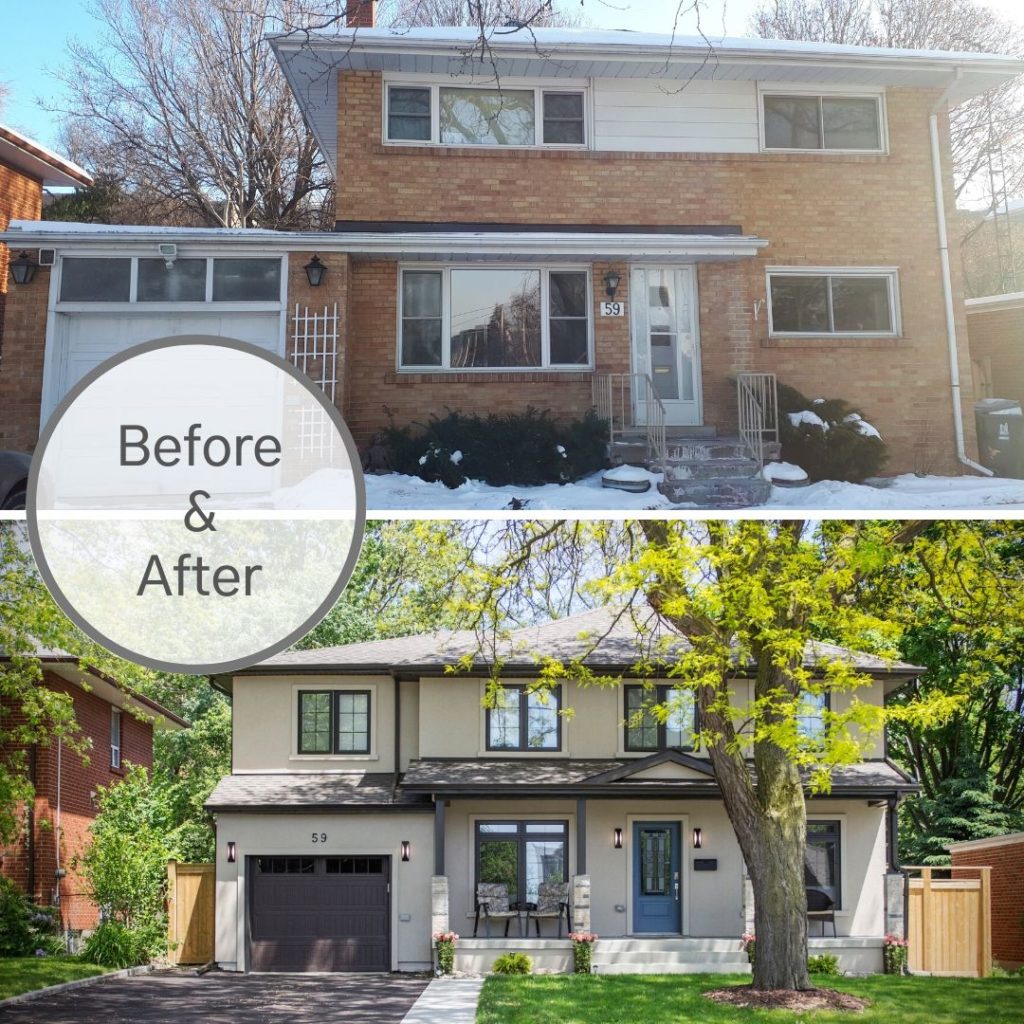7 Cost Effective House Addition Ideas

7 Cost Effective House Addition Ideas
There are two common questions that homeowners typically ask us:
“What is the cost per square foot for a house addition?” and, “How can I make the most out of my renovation budget?”
Nowadays, the cost of building a house addition varies from $250 per square foot to over $400 per square foot. It’s a sizable investment; however, it is a smart one that can increase the value of your home and add to your day-to-day enjoyment and functionality.
For those on a tight budget, there are ways to maximize the dollars allocated towards a house addition project. Here are seven ideas to consider when planning a cost effective house addition, without compromising on the home you want:
1. Design a Compact, Efficient Space
A well-thought-out design is key to not only ensuring that your high priority needs are met, but that your addition remains within your budgetary constraints. Opting for a compact and efficient use of space, maximizes the functionality of your addition and ensures that you are building – and paying for – only what you truly require.
2. Reduce the Work to Your Existing Home
When building a house addition, there are two costs – the cost of building the additional space, and the cost of renovating or modifying the existing house to make it work with the new space. Minimizing the work that needs completed on your existing house is a smart way to maximize your house addition budget.
For example, a design that transforms an existing window into a doorway to access your new addition can help you avoid added structural costs. Removing an entire wall to create an open concept space not only adds structural costs, it also usually involves significant renovations to the remainder of the existing room to give the new space a consistent appearance.
3. Use Existing Structure
Add to your home by building over an existing porch, or above a garage. This eliminates the need for excavating and building a foundation. Homes built in 1940s to 1970s Toronto suburbs (Etobicoke, North York, Scarborough and Mississauga) are well-suited for these types of a house additions.
4. Don’t Build a Full Basement
If you’re adding to front, side or back of your home, consider whether you need to build a full basement or if a crawl space will suffice. While the basement adds additional space, it also requires more excavation, soil removal, foundation work, insulation, etc.
Consider the alternatives to building a basement, such as building the addition on piers, or using helical piles for a foundation. Homes on smaller properties in Toronto, where it can be difficult to bring in large equipment can benefit from this approach.
5. Minimize Architectural Details
Architectural elements, like steep roofs, roof gables, columns and arches, all add to the visual appeal of your home, but they will also add significant costs to your addition’s budget.
Choosing a straightforward design will still give your house the space and functionality that you need, but at a more reasonable cost since less structural work, labour and materials will be required.
6. Consider Your Material Choices
Nowadays, homeowners have a plethora of material choices available to them. From low-end, more affordable options, to luxurious, higher-end options, the spectrum is wide – and, so is the cost. That’s why it’s important to select the right materials that not only suit your design aesthetic, but also your budget.
For example, selecting vinyl siding versus brick, or traditional three-tab shingles versus premium designer shingles, can help you shave costs on the exterior addition elements. Inside, you can still achieve the same design aesthetic you want, but at a more affordable cost by selecting laminate flooring versus hardwood, porcelain tile versus authentic stone, or laminate countertops versus granite or quartz.
Finishes can always be upgraded at some point in the future.
7. Choose a Design Build Firm
Hiring an independent designer can be a great alternative, but do they understand the cost implications of what is being built? Not always. But, a design build firm will.
By integrating the design and construction processes, a design build firm fully understands the impact design decisions have on the cost of construction. They can also offer suggestions on how to lower costs, and steer homeowners away from potentially expensive decisions that don’t align with their budgets.
At Inspire Homes, our approach is to “design and build to budget” – meaning, we make recommendations that fit the agreed upon budget range, which is established prior to starting design. It’s a fully-integrated approach that keeps the needs of our clients in the forefront.
Bonus Tip: Consider Alternatives to a House Addition
Perhaps there are other ways to gain additional space, without building a house addition. Check out Tip #8 here: 7 Smart Alternatives to a House Addition Project
If you are thinking of embarking on a house addition, please contact us at Inspire Homes. As an award-winning design build firm serving the Greater Toronto Area, we can help you achieve a cost-effective renovation that inspires a love for your home again.
